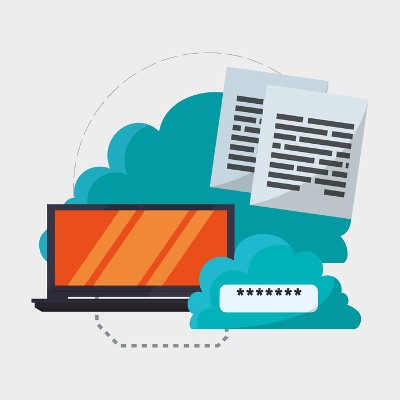Master Solutions Blog
Running a business is hard enough without having to think about cybersecurity. Your business faces existential threats from cyberattacks every day it’s operational, as data breaches truly do have the power to bring your business down if you’re not prepared for the fallout. A zero trust approach can help to mitigate many of the risks that come from cybersecurity threats, and it’s all thanks to the principle of least permission.
Fundamentals are always important. This is true regardless of what you seek to accomplish. In regards to business technology, having a fundamental understanding of the technology and strategies you use to get things done, can help you concoct a plan that will be effective in keeping that technology secure. Let’s look at what today’s cyberattack entails and what an organization needs to do in order to keep the threats from having an effect on their business.
Perhaps the most dangerous and notorious modern malware, ransomware affects businesses and industries without any regard to size or scope. It can even impact individual users and get away with it. We urge businesses to consider the other dangers associated with ransomware beyond just paying the ransom, as they extend far beyond and could have lasting impacts on your operations.
The Internet of Things is well under way, and it’s all around you. Just take a look around your office and take note of any connected gadgetry that you see. All kinds of connected devices are entering the market, many of which you might never consider connecting to the Internet. However, it’s your responsibility to take these devices into consideration, especially if you want to keep your business--and its users--safe.
Your business relies on swift, unfettered access to sensitive documents on many different mobile devices. The only problem with this is that security eventually becomes a problem, especially where multiple devices are concerned. You need to ask yourself if your file-sharing service is secure enough to protect important files.
If your business doesn’t have an internal IT department, chances are that this deficit is a major pain point. Even if you do have internal IT, relying on them to handle the implementation of new solutions, as well as the maintenance of existing systems, is troublesome and difficult. When your team is overloaded, their work performance may suffer, and issues can slip through the cracks.

The Internet of Things is one of the many technical innovations that is having a major impact on the way that both consumers and businesses view certain types of technology. With so many devices connecting to the Internet and communicating with one-another, businesses need to ask themselves what they can consider an Internet of Things device, and what they can do to protect sensitive information.



















